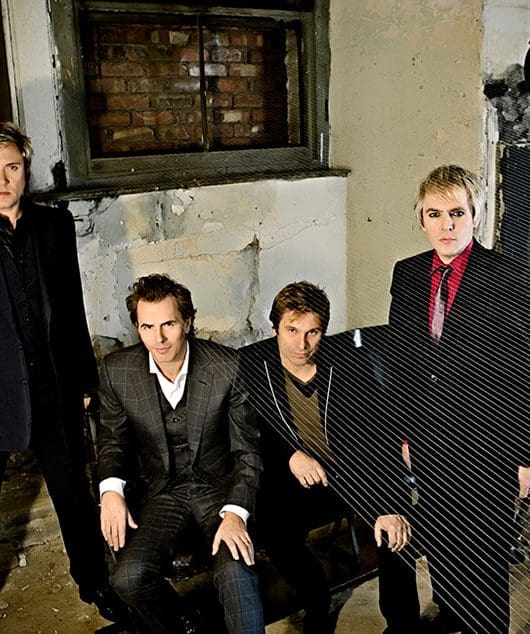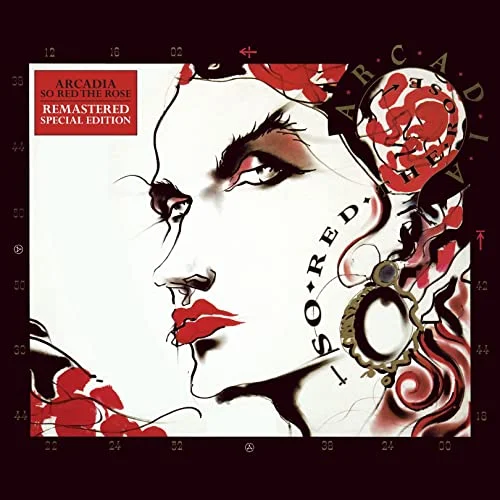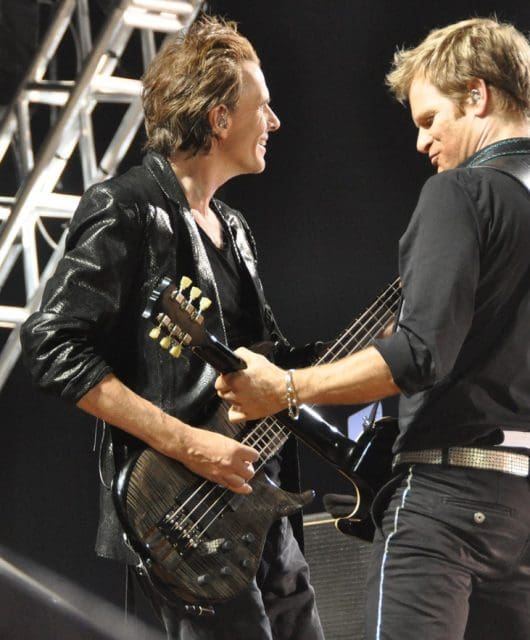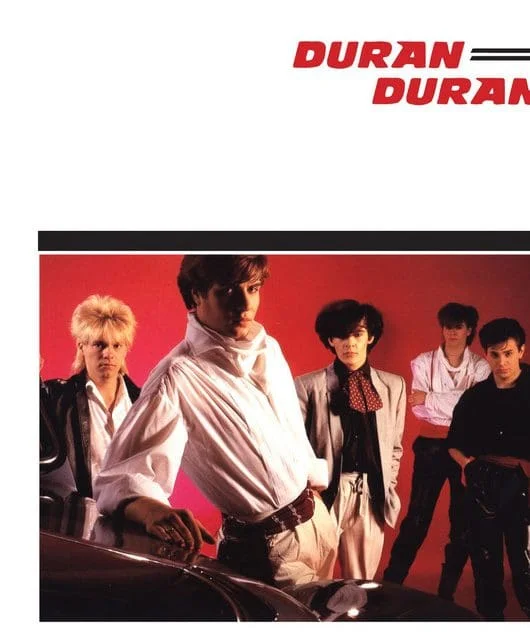Making Duran Duran: The Wedding Album
By Classic Pop | July 2, 2021
With Duran Duran: The Wedding Album, the band responded to the new decade by eschewing their old extravagance, going back to their roots and injecting a heavy dose of introspection to create an extraordinary return to form… By Mark Lindores
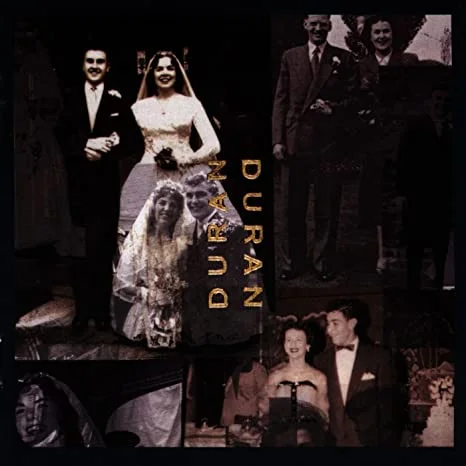
To say that Duran Duran were at a crossroads in 1991 as they readied their seventh studio album is no understatement. The new decade had seen the advent of genres like rave, rap and grunge – none of which were an obvious fit for Duran Duran, or “Done Done” as some crueller sections of the media had taken to calling them.
1990’s Liberty spent one week in the Top 10 before falling out of the charts; the single Violence Of Summer only scraped the Top 20 while Serious missed the Top 40 altogether.
“After Liberty, we decided we weren’t sure we had gotten the direction right,” recalls Nick Rhodes. “A funny thing happens when a decade changes. In reality, not much happens on that day, but people think, ‘Right, now things have changed’. Somehow at the end of the 80s, music changed considerably. We had grunge, techno and rave culture, which left us in a place where we felt we had to make ourselves relevant to the times. We weren’t about to make a grunge or techno album, but we had our songwriting. We very much went back to basics. We went to the studio and wrote and wrote.”
The sessions for Duran Duran: The Wedding Album were centred at Privacy – Warren Cuccurullo’s home studio in Battersea, a far cry from the lavish locations in far-flung climes in which previous albums had been recorded.
However, the fact they were in a home studio allowed them the freedom to experiment without the constraints of deadlines or the expense of studio time.
Lacking a definite direction, the only brief for the record was that songcraft was paramount, and songs had to be able to hold up to simply being performed by four guys in a room (the departure of drummer Sterling Campbell had left them as a four-piece again), unreliant on studio trickery or whatever happened to be in vogue.
Rather than missing the extravagances of earlier records, the band found themselves liberated by the back-to-basics, no-frills approach to working and used the process to signal a rebirth for Duran Duran.
As sessions progressed, they explored a variety of different approaches, including the dance, funk-based sounds that had informed their later albums, before achieving a breakthrough with Ordinary World – a beautifully melancholic marriage of Warren Cuccurullo’s mesmerising guitar riff and a wistful lyric from Simon Le Bon about the death of his best friend, David Miles.
“Earlier in our career Simon’s lyrics had been quite oblique… you weren’t quite sure what they meant – and that’s what made them so interesting,” John said. “But at this point, we kind of felt like we should start writing songs about emotions and see how that worked out.”
The band were cautiously confident that Ordinary World was going to be important for them, and they were right – it provided the impetus for the rest of the record and lit a creative spark that saw an outpouring of music ranging from the rocky, MTV-baiting swagger of Too Much Information to the trippy sensuality of Love Voodoo, the dancefloor stomp of Drowning Man, the Prince-inflected U.M.F and the breezy bossa nova of Breath After Breath, a duet with Brazilian artist Milton Nascimento.
Read our feature on Duran Duran’s cover art
Read our feature on Duran Duran’s 1990 album Liberty
Feeling that this was a make-or-break album, the boys worked tirelessly throughout 1991, often writing and recording round the clock (one working title had been Four On The Floor due to them crashing on the studio floor after sessions petered out in the early hours).
Satisfied they had crafted a solid body of work, they decided to self-title the album, enlisting the talent of photographer Nick Egan to emphasise the rebirth of the band in artwork based on a concept of Nick’s.
“I had the idea of putting our parents’ wedding photos on the cover,” Nick said. “The photos of these eight people, on the day they were married… that was the DNA that was to come to form us, to make that album. I wasn’t sure that everyone was going to go for the idea, but everyone loved it. We gathered the photos together and when we saw them all for the first time we all thought, ‘Wow – we couldn’t have made this any better if we had gone looking for old photos in some archives.”
Though the album and artwork was complete and delivered to the record company in the summer of 1992, the label was hesitant in releasing it, preferring to focus on what they considered to be ‘priority’ acts.
Promo cassettes containing a different tracklisting, including future B-sides Time For Temptation and Stop Dead, were distributed to media outlets and record stores before being revoked, and the album’s release postponed until the following year.
Read John Taylor’s interview with Duran Duran guitarist Dom Brown
Read more: Duran Duran Superfan
Frustrated at the delay, Duran Duran, in the midst of a creative streak, continued writing and recording throughout 1992 on a number of other projects. The sessions provided a pair of tracks which would become the final touches to the album.
A cover of The Velvet Underground’s 1967 classic Femme Fatale was the first, while the second began as a groove which Nick and Warren were working on for a project with Bush’s Gavin Rossdale; snatched back by Simon, it was rewritten as Come Undone, a sublimely seductive love letter to his wife Yasmin, and was included as a last-minute addition to the record (so last-minute that John didn’t have time to return from LA where he was awaiting the impending birth of his daughter to play on it).
Released in January 1993 – it was released a month earlier in the US after it being ‘leaked’ to radio – Ordinary World became the band’s biggest hit in eight years, reaching the Top 10 on both sides of the Atlantic. The album followed a month later.
Providing the foundation for a major career revival for Duran Duran, it saw seven of its tracks released as singles in various territories, became the basis for a mammoth world tour and won the group an invitation to appear alongside luminaries like R.E.M., Eric Clapton and Bruce Springsteen on the landmark series MTV Unplugged – an affirmation of their rightful place among the greats.
“I just remember thinking ‘Thank God!’ and being incredibly relieved,” John Taylor later sighed. “For so long we had been faced with ‘Eighties band! Eighties band! They’re done! They’re done!’ And the success took the pressure off us and allowed us to get a foot in the door of a new decade.”
For more info on Duran Duran check out their official website here


